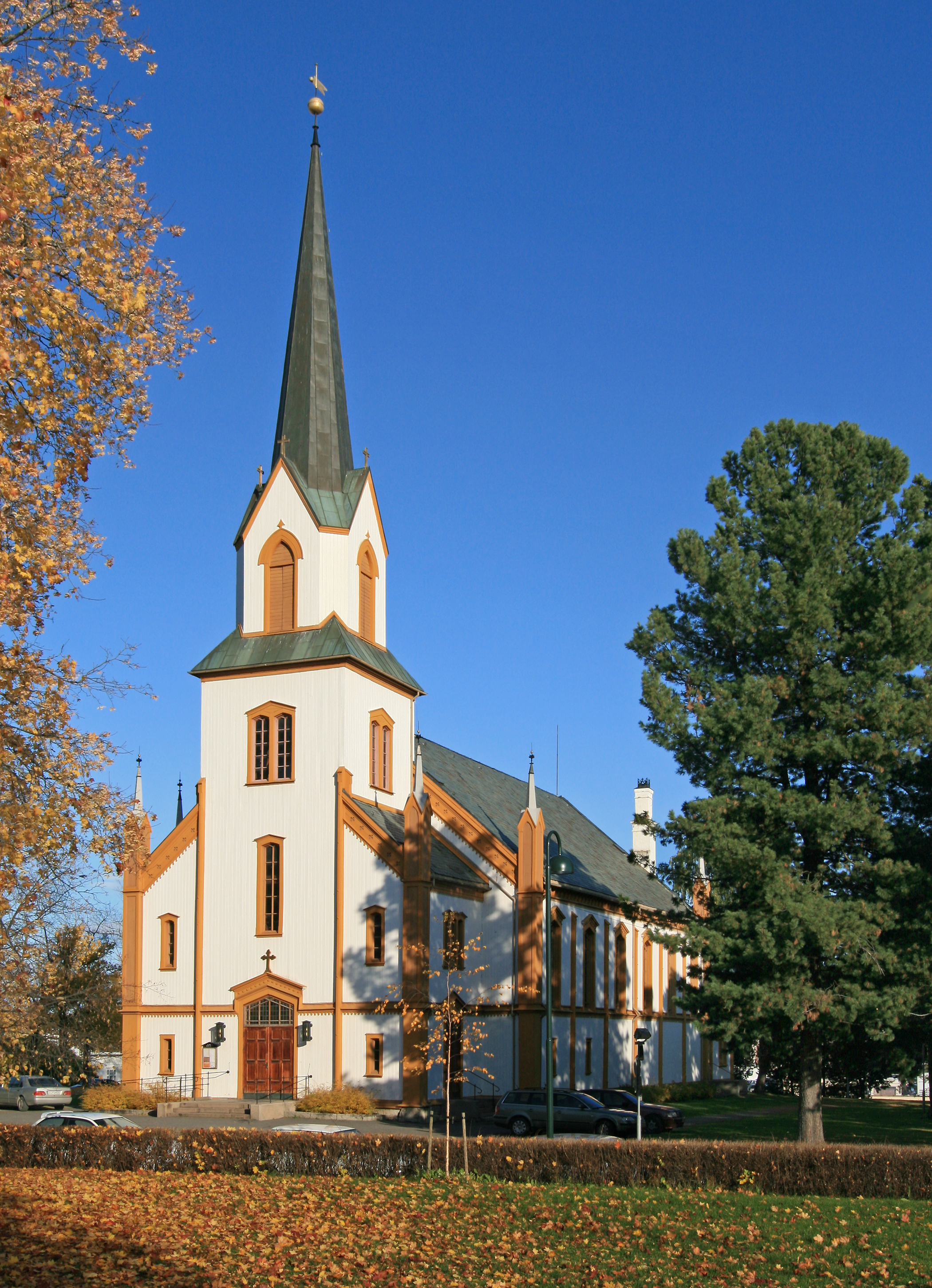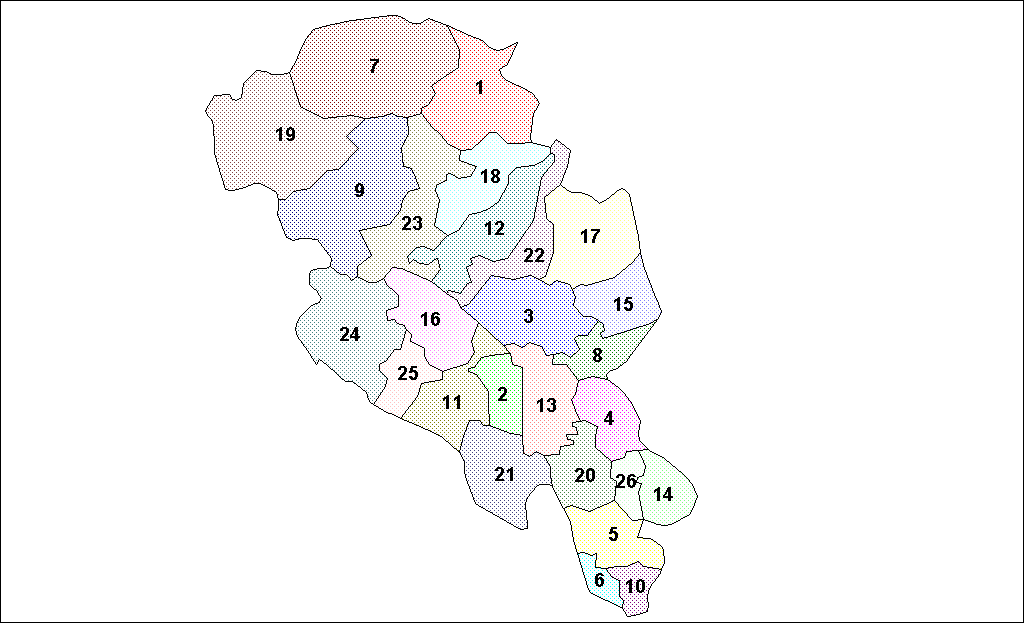|
Caspar Kauffeldt
Caspar Henrik Berntsen Kauffeldt (19 February 1773 – 19 August 1843) was a Norwegian industrialist. He was the founder of Gjøvig Glassverk. Kauffeldt was born in Gjøvik in Oppland, Norway. In 1804 he bought a farm in Gjøvig, which was at the time a rural area by the Hunnselva river. In 1807 he founded the glass factory Gjøvig Glassverk on the other side of the river, creating an industrial environment and laying the grounds for a larger city there. The factory became known for its blue vases, basing the color on cobalt blue from Blaafarveverket at Åmot in Modum Modum is a municipality in Buskerud in Viken county, Norway. The administrative centre of the municipality is the town of Vikersund. The municipality of Modum was established on 1 January 1838 (see formannskapsdistrikt). The area has a long tr .... In the 1830s, his son Wexel Hansen Kauffeldt (1801–1860) took over most of the factory administration. The operation became increasingly difficult with increasin ... [...More Info...] [...Related Items...] OR: [Wikipedia] [Google] [Baidu] |
Gjøvik
is a municipality in Innlandet county, Norway. It is located in the traditional district of Toten. The administrative centre of the municipality is town of Gjøvik. Some of the villages in Gjøvik include Biri, Bybrua, and Hunndalen. The municipality is the 169th largest by area out of the 356 municipalities in Norway. Gjøvik is the 35th most populous municipality in Norway with a population of 30,267. The municipality's population density is and its population has increased by 3.6% over the previous 10-year period. General information Historically, the village of Gjøvik was part of the parish and municipality of Vardal. On 1 January 1861, the village was granted kjøpstad (town) status. At that time, the village was separated from Vardal to form a separate municipality given its new status as a town. Initially, the new town and municipality of Gjøvik had 626 residents. On 1 July 1921, a part of Vardal municipality located just outside the town of Gjøvik (population: ... [...More Info...] [...Related Items...] OR: [Wikipedia] [Google] [Baidu] |
Oppland
Oppland is a former county in Norway which existed from 1781 until its dissolution on 1 January 2020. The old Oppland county bordered the counties of Trøndelag, Møre og Romsdal, Sogn og Fjordane, Buskerud, Akershus, Oslo and Hedmark. The county administration was located in the town of Lillehammer. Merger On 1 January 2020, the neighboring counties of Oppland and Hedmark were merged to form the new Innlandet county. Both Oppland and Hedmark were the only landlocked counties of Norway, and the new Innlandet county is the only landlocked county in Norway. The two counties had historically been one county that was divided in 1781. Historically, the region was commonly known as "Opplandene". In 1781, the government split the area into two: Hedemarkens amt and Kristians amt (later renamed Hedmark and Oppland. In 2017, the government approved the merger of the two counties. There were several names debated, but the government settled on ''Innlandet''. Geography Oppland extend ... [...More Info...] [...Related Items...] OR: [Wikipedia] [Google] [Baidu] |
Hunnselva
Hunnselva is a river in Innlandet and Viken counties in Norway. The long river is located mostly in Innlandet county, but the headwaters are actually just over the border in Viken county. The river generally flows north and it runs through the large lake Einavatnet as it passes through the municipalities of Hurdal, Vestre Toten, and Gjøvik. The mouth of the river is in the town of Gjøvik where it empties into the large lake Mjøsa. The main part of the river is about long and it runs from the Einavatnet lake to the town of Gjøvik. Along the course, the river passes through the villages of Eina, Reinsvoll, Raufoss, and Hunndalen. At the town of Gjøvik, the river divides the town with the Nordbyen neighborhood on the north side and the Sørbyen neighborhood to the south. Hunnselva gets its water from bogs and small forest ponds in the west and calcareous streams on the east, meaning the water is rich with nutrients. Its watershed extends from Lynga in the south to Gjøvik and ... [...More Info...] [...Related Items...] OR: [Wikipedia] [Google] [Baidu] |
Cobalt Blue
Cobalt blue is a blue pigment made by sintering cobalt(II) oxide with aluminum(III) oxide (alumina) at 1200 °C. Chemically, cobalt blue pigment is cobalt(II) oxide-aluminium oxide, or cobalt(II) aluminate, CoAl2O4. Cobalt blue is lighter and less intense than the (iron-cyanide based) pigment Prussian blue. It is extremely stable and historically has been used as a coloring agent in ceramics (especially Chinese porcelain), jewelry, and paint. Transparent glasses are tinted with the silica-based cobalt pigment smalt. Historical uses and production Cobalt blue in impure forms had long been used in Chinese porcelain. The first recorded use of ''cobalt blue'' as a color name in English was in 1777. It was independently discovered as a pure alumina-based pigment by Louis Jacques Thénard in 1802. Commercial production began in France in 1807. The leading world manufacturer of cobalt blue in the nineteenth century was Benjamin Wegner's Norwegian company Blaafarveværket ("blue c ... [...More Info...] [...Related Items...] OR: [Wikipedia] [Google] [Baidu] |
Åmot
Åmot is a municipality in Innlandet county, Norway. It is located in the traditional district of Østerdalen. The administrative centre of the municipality is the village of Rena. Other villages in the municipality include Åsta, Osneset, and Snippen. The municipality is the 72nd largest by area out of the 356 municipalities in Norway. Åmot is the 198th most populous municipality in Norway with a population of 4,195. The municipality's population density is and its population has decreased by 3.3% over the previous 10-year period. General information The parish of ''Aamot'' (later spelled ''Åmot'') was established as a municipality on 1 January 1838 (see formannskapsdistrikt law). In 1880, the Nordre Osen area of Trysil (population: 302) was transferred to Åmot municipality. Name The municipality (originally the parish) is named after the old ''Åmot'' farm ( non, Ámót), since the first Åmot Church was built here. The first element is which means "river" and the ... [...More Info...] [...Related Items...] OR: [Wikipedia] [Google] [Baidu] |
Modum
Modum is a municipality in Buskerud in Viken county, Norway. The administrative centre of the municipality is the town of Vikersund. The municipality of Modum was established on 1 January 1838 (see formannskapsdistrikt). The area has a long tradition of skiing with several famous skiers. Modum is home to one of the largest ski jumping hills in the world, Vikersundbakken which is situated in Heggen, outside Geithus. The hill record, established in 2017 is a jump of . General information Name The municipality (originally the parish) is named after the old ''Modum'' farm (Old Norse: ''Móðheimr''), since the first church was built here. The first element is ''móða'' which means "river" (here the Drammenselva river) and the last element is ''heimr'' which means "home", "homestead", or "farm". The name of the farm was later changed to ''Buskerud''. Coat-of-arms The coat-of-arms is from modern times. They were granted on 15 March 1985. The arms show three wavy silver lines � ... [...More Info...] [...Related Items...] OR: [Wikipedia] [Google] [Baidu] |
1773 Births
Events January–March * January 1 – The hymn that becomes known as ''Amazing Grace'', at this time titled "1 Chronicles 17:16–17", is first used to accompany a sermon led by curate John Newton in the town of Olney, Buckinghamshire, England. * January 12 – The first museum in the American colonies is established in Charleston, South Carolina; in 1915, it is formally incorporated as the Charleston Museum. * January 17 – Second voyage of James Cook: Captain Cook in HMS Resolution (1771) becomes the first European explorer to cross the Antarctic Circle. * January 18 – The first opera performance in the Swedish language, ''Thetis and Phelée'', performed by Carl Stenborg and Elisabeth Olin in Bollhuset in Stockholm, Sweden, marks the establishment of the Royal Swedish Opera. * February 8 – The Grand Council of Poland meets in Warsaw, summoned by a circular letter from King Stanisław August Poniatowski to respond to the Kingdom's threate ... [...More Info...] [...Related Items...] OR: [Wikipedia] [Google] [Baidu] |
1843 Deaths
Events January–March * January ** Serial publication of Charles Dickens's novel ''Martin Chuzzlewit'' begins in London; in the July chapters, he lands his hero in the United States. ** Edgar Allan Poe's short story " The Tell-Tale Heart" is published in a Boston magazine. ** The Quaker magazine '' The Friend'' is first published in London. * January 3 – The ''Illustrated Treatise on the Maritime Kingdoms'' (海國圖志, ''Hǎiguó Túzhì'') compiled by Wei Yuan and others, the first significant Chinese work on the West, is published in China. * January 6 – Antarctic explorer James Clark Ross discovers Snow Hill Island. * January 20 – Honório Hermeto Carneiro Leão, Marquis of Paraná, becomes ''de facto'' first prime minister of the Empire of Brazil. * February – Shaikh Ali bin Khalifa Al-Khalifa captures the fort and town of Riffa after the rival branch of the family fails to gain control of the Riffa Fort and flees to Manama. Shaikh Mohamed bin Ahmed i ... [...More Info...] [...Related Items...] OR: [Wikipedia] [Google] [Baidu] |
People From Gjøvik
A person ( : people) is a being that has certain capacities or attributes such as reason, morality, consciousness or self-consciousness, and being a part of a culturally established form of social relations such as kinship, ownership of property, or legal responsibility. The defining features of personhood and, consequently, what makes a person count as a person, differ widely among cultures and contexts. In addition to the question of personhood, of what makes a being count as a person to begin with, there are further questions about personal identity and self: both about what makes any particular person that particular person instead of another, and about what makes a person at one time the same person as they were or will be at another time despite any intervening changes. The plural form "people" is often used to refer to an entire nation or ethnic group (as in "a people"), and this was the original meaning of the word; it subsequently acquired its use as a plural form of ... [...More Info...] [...Related Items...] OR: [Wikipedia] [Google] [Baidu] |




.jpg)

_1938.jpg)